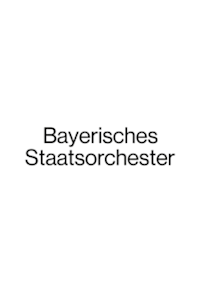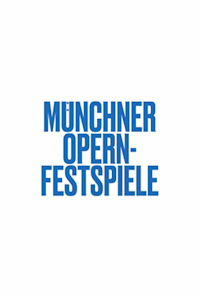Der Rosenkavalier (The Knight of the Rose), Strauss
Jaga
The Knight of the Rose by Strauss, K 11 mai 2022, Alates (2022/2022), Juhatatud Barrie Kosky, Dirigent Vladimir Jurowski, Nationaltheater, Munich, Germany
Näitlejate ja meeskonna vaatamine 11 mai 2022
Tootja
Conductor
Stage director
Osades
Die Feldmarschallin Fürstin Werdenberg
(The Marschallin)
Der Baron Ochs auf Lerchenau
(Baron Ochs of Lerchenau)
Octavian
Herr von Faninal
(Lord of Faninal)
Sophie
Jungfer Marianne Leitmetzerin
(Marianne)
Valzacchi
Annina
Ein Polizei-Unterkommissarius
(A police inspector)
Der Haushofmeister bei der Feldmarschallin
(The Marschallin's Major-Domo)
Der Haushofmeister bei Faninal
(Faninal's Major-Domo)
Ein Notar
Ein Wirt
(An innkeeper)
Ein Sänger
(An Italian singer)
GS(2022 mai 08, 11, 15)
Eine Modistin
(A milliner)
Ein Tierhändler
(A vendor of pets)
Drei adelige Waisen
Meeskond
Lighting designer
Costume designer
Set designer
Dramaturge
Chorus master
Ansambel
Orkester
Kaasprodutsent
Kaasprodutsent
Lisateave helilooja kohta
Lisateave muusikatöö kohta





